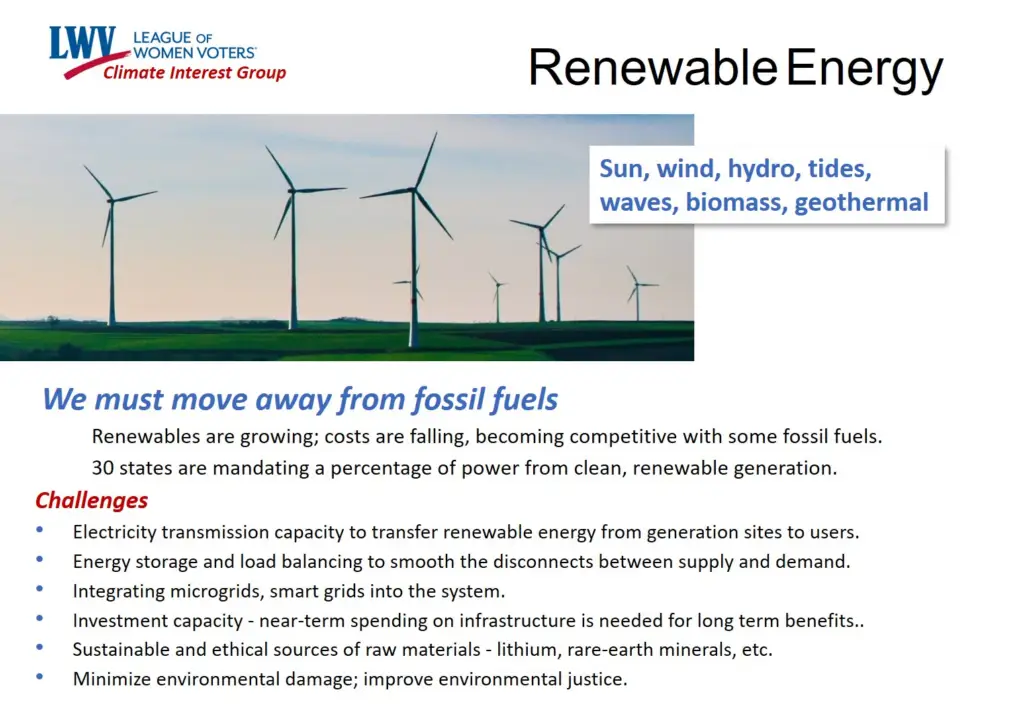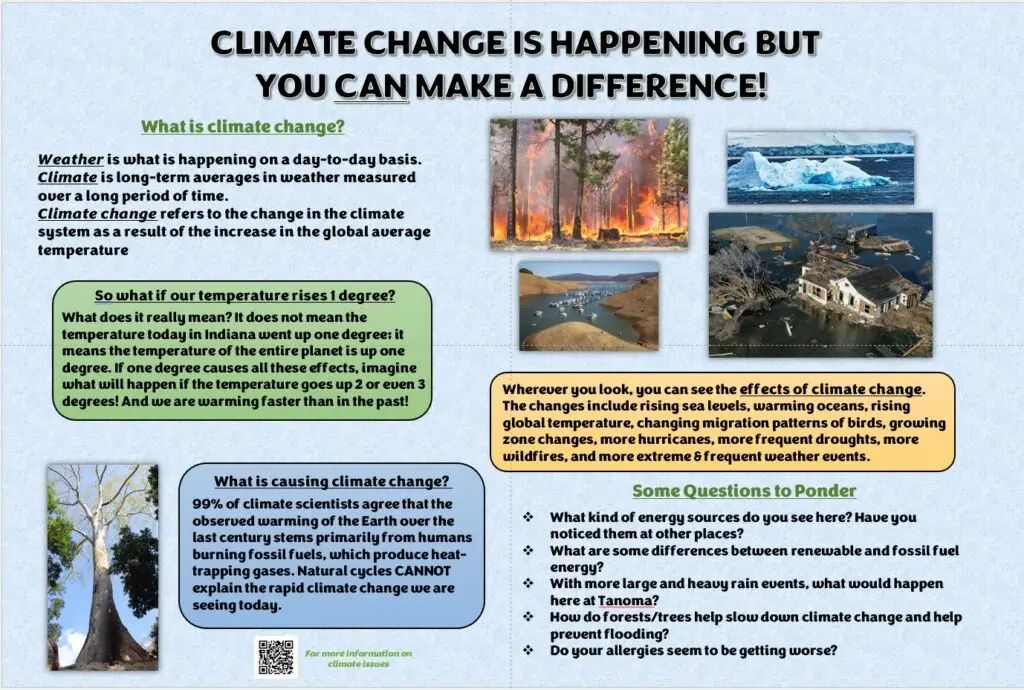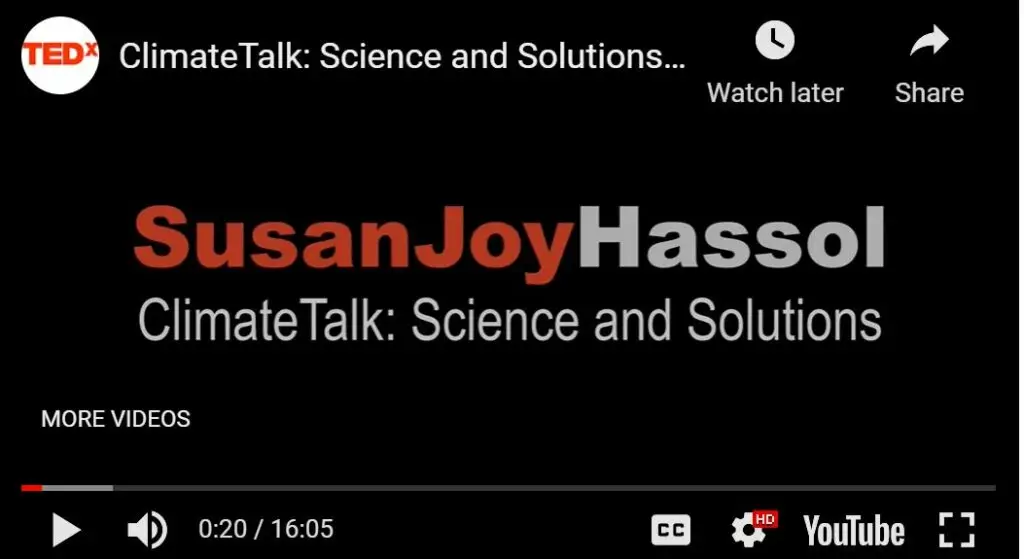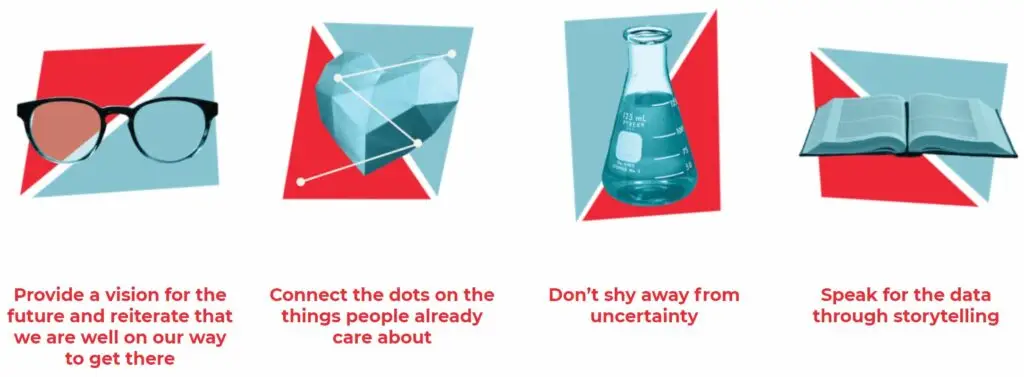The evidence of climate change is all around us. We are seeing more frequent and intense storms, more extreme weather, and rising temperatures. Deadly heat waves and massive wild fires are happening more often and there are melting glaciers, rising sea levels and coastal flooding. These rapid and devastating changes highlight the urgent need for action — by all of us — as individuals and collectively — in our communities, at the state and federal levels, and internationally.
The League, with its nonpartisan, reasoned voice, has an opportunity and a particularly critical role to play in building consensus and advancing effective solutions to the climate crisis. It’s clear that we are facing a climate emergency, but there is still time to act.
Climate change is going to effect us in many ways: Greater storm risk will cause higher insurance rates, chaotic farming conditions will cause more expensive groceries, there will be shifting in the retirement map, perhaps falling home prices where there are chronic weather catastrophes, you may see more allergies and bug bites as there are earlier blooms and changes in growth of plants, we may see heat related ailments increasing, rising ozone levels can bring on more health issues with heat and poor air quality, and birds migrating patterns are changing as plants blooming patterns change.

If you’ve wondered about the Inflation Reduction Act, what it is, what’s in it and how it can help you, listed below are some resources to help you take advantage of this landmark act.
If you are interested in learning more about the Bipartisan Infrastructure Law (BIL):
In Pennsylvania and the greater Appalachian region, companies like Shell, Equinor, and U.S. Steel and a legion of supporters are eager to get in the game by vying to make Appalachia one of four ‘hydrogen hubs’ the Infrastructure Investment and Jobs Act (IIJA) provides $8 billion to create. Proposed hydrogen hubs are intended to “bring together clean hydrogen producers and end users to facilitate the demonstration, development, and commercialization of the nation’s ‘clean hydrogen economy’. The IIJA requires that two of the hydrogen hubs it funds must be located in the regions with “the greatest natural gas resources.” If Appalachia gets a hub, the hydrogen it produces will be blue and that means no end to drilling and fracking is in sight. Read more here.
Better Path Presents: Robert Howarth “How Green Is Blue Hydrogen?” Dr. Howarth and Dr. Mark Jacobson wrote the paper that pulls the curtain back on the hype around Blue Hydrogen. Watch the webinar here.
The Ohio River Valley Institute has prepared this explainer and infographic to shed light on the roles that various forms of hydrogen development and carbon capture and sequestration (CCS) should play in Appalachia and beyond. Learn more here.
Image Credit: Ohio River Valley Institute
Click HERE to see the Climate Change Atlas and track changes in tree growth and and how climate change affects birds. Climate Change Tree Atlas is a tool that lets you explore current tree species traits and suitable habitats in the eastern United States. The bird atlas shows potential changes in abundance and range for 147 bird species in the east.
To learn more, check out the Environmental Defense Fund.
Welcome to the pop-ed toolbox examining the corporate false promises that hoodwink elected officials and the public, leading us down risky paths that distract from real climate justice!
LWVIC has collaborated with Evergreen Conservancy to design signage addressing Climate Change. The eight signs can be seen here or at Tanoma Environmental Education Center in Indiana, PA. Funding provided by a mini grant from Climate and Rural Systems Partnership (CRSP).

Download the Climate Action Now App & take planet-saving action on your phone in seconds. The Climate Action Now app makes it exceptionally easy to take meaningful climate action on your phone in just seconds or minutes. Most actions you take earn points, and when you’ve earned enough points, a tree will be planted on your behalf. Get the app here!
Want a Your Daily Dose of Climate Hope? Check here every day for a new climate success story!
Climate Scientist Dr. Hayhoe talks about living in Texas, how the issue of climate change became Republican vs Democrat, which groups of Americans we need to target to make change, fossil fuel companies paying to spread disinformation, how to communicate with someone who doesn’t believe in climate change, and her new book “Saving Us: A Climate Scientist’s Case for Hope and Healing In A Divided World.”
Watch CCL’s Appalachia Region’s Bookclub Conversation with Dr. Katharine Hayhoe.
A net-zero future is possible, but first we need to flip a mental switch to truly understand that we can stop the climate crisis if we try, says Nobel laureate Al Gore. In this inspiring and essential talk, Gore shares examples of extreme climate events (think: fires, floods and atmospheric tsunamis), identifies the man-made systems holding us back from progress and invites us all to join the movement for climate justice: “the biggest emergent social movement in all of history,” as he puts it. An unmissable tour de force on the current state of the crisis — and the transformations that will make it possible to find a way out of it. Watch the video.
A series of quarterly articles written by LWVIC members about how our area is or will be affected by Climate Change.
https://forestadaptation.org/ to see information on how forests are changing due to climate change.


Read about Communicating the Climate Crisis where you can also find this TED Talk about ways to communicate climate change effectively.
